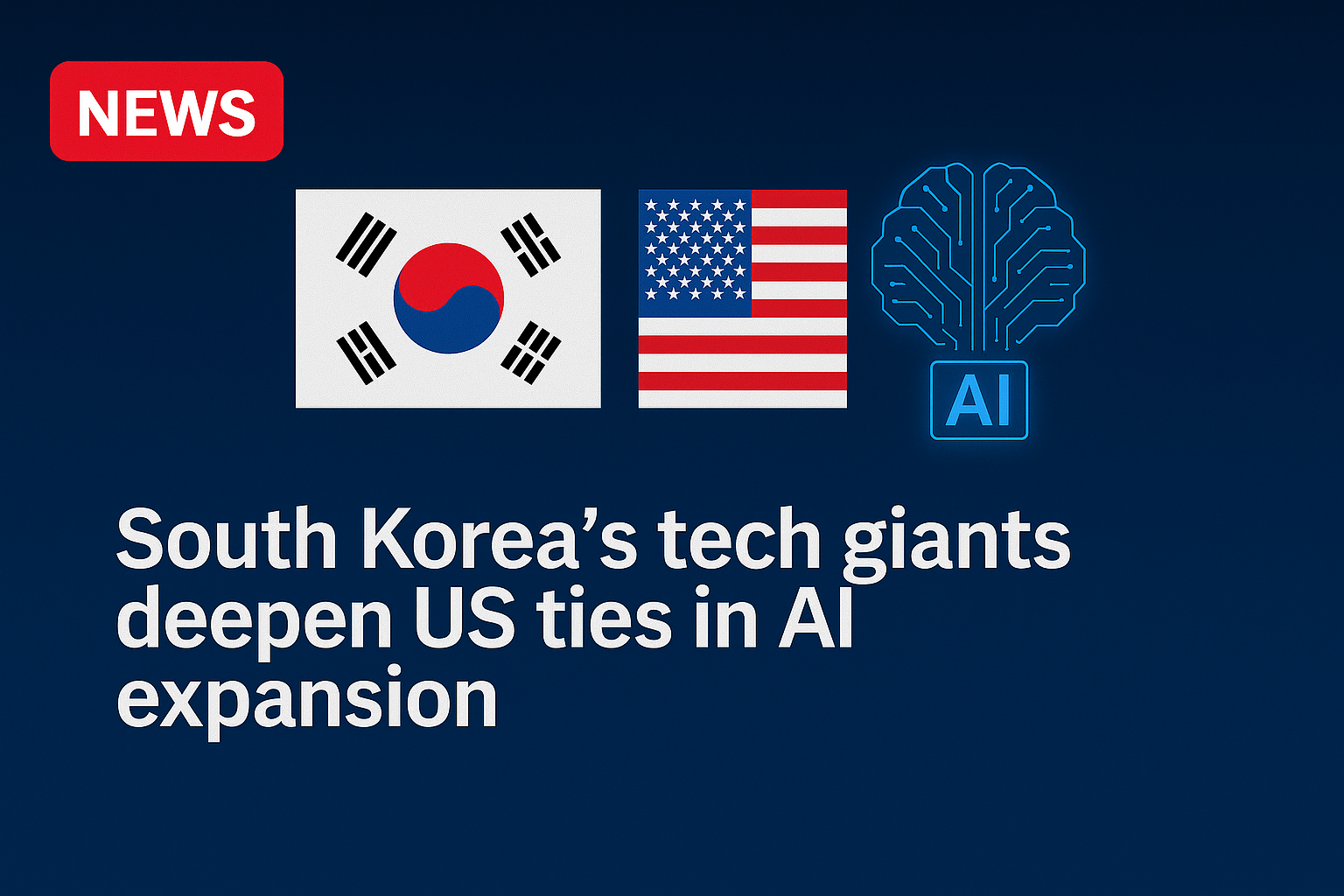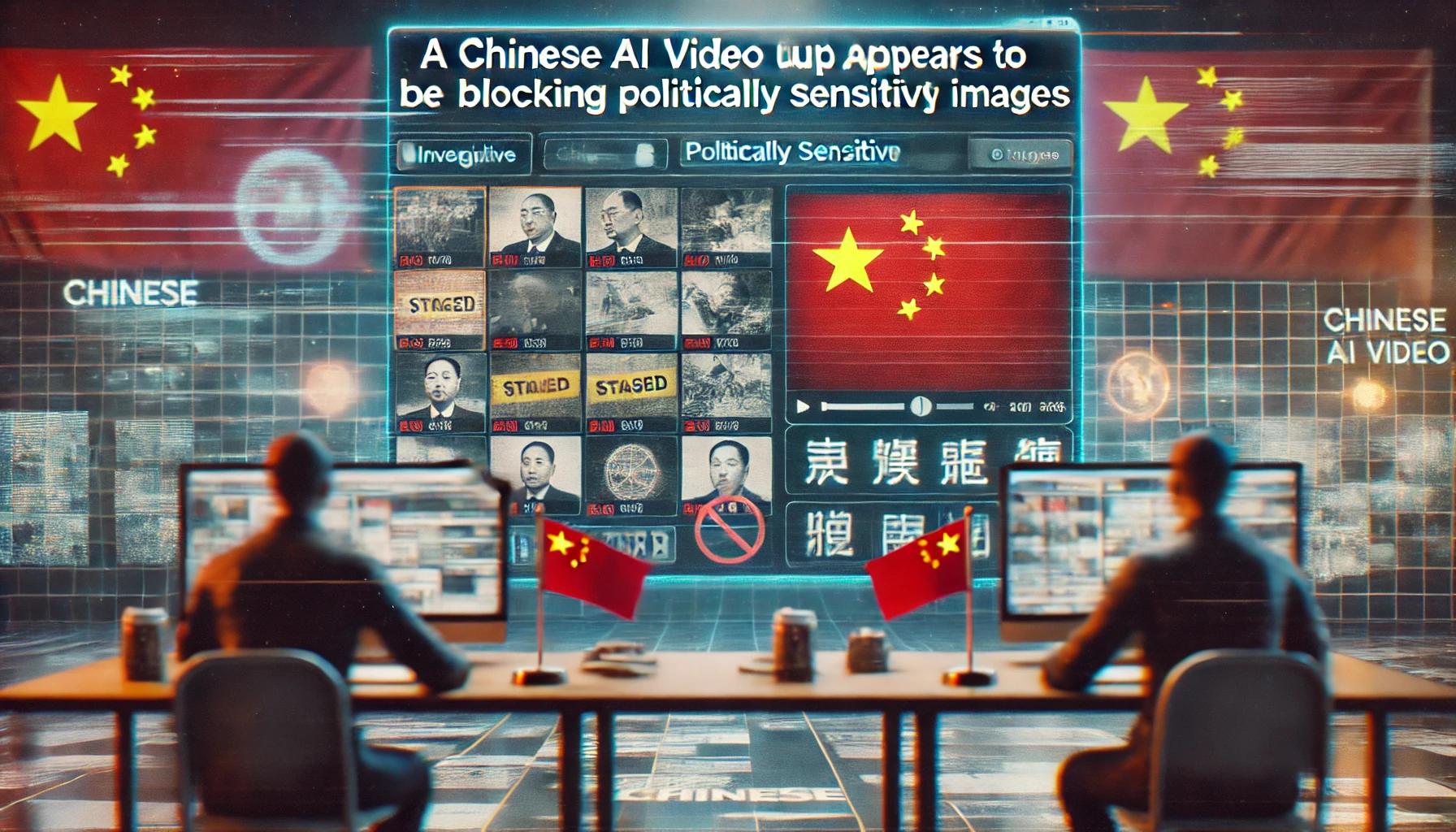As artificial intelligence (AI) becomes increasingly integrated into nearly every facet of modern life, the conversation has shifted from what AI can do to how people can thrive alongside it.
AI is no longer confined to automating processes or improving efficiency. Increasingly, it is reshaping how people learn, work and collaborate, which raises urgent questions about the future of human roles in an AI-powered world. In particular, how can AI be harnessed to amplify how people think critically, solve complex problems and create with purpose?
These questions took centre stage at this year’s Adult Learning Xchange (ALX2025), the Institute for Adult Learning’s (IAL) flagship biennial symposium, held on May 29 and 30 at the Sands Expo and Convention Centre. The event brought together leaders in education, business and technology to explore how AI can be applied ethically and meaningfully to support lifelong learning and unlock human potential.
REIMAGINING THE FUTURE OF EDUCATION
In his opening address at ALX2025, Mr Tan Kok Yam, chief executive of SkillsFuture Singapore and chairman of the Institute for Adult Learning Council, called on the adult learning community to embrace innovation in the face of rapid technological change.
“As we respond to new technology and emerging needs, experimentation and a certain degree of risk-taking will be part and parcel of the training business,” he said. “We should be bold and forward-thinking, challenging conventions and reimagining how learning and course delivery can be approached.”
Building on this theme, Dr Klara Jelinkova, vice-president and university chief information officer at Harvard University, examined how AI is reshaping higher education in her keynote address.
One of the most interesting developments, Dr Jelinkova noted, is how users are starting to treat AI less like a tool and more like a collaborator in the creative process. At Harvard, faculty are using AI to assist with creating class materials and even personalising them to individual student needs.
One notable initiative is the use of tutor bots, AI agents trained on course content to provide learners with real-time explanations, examples and clarifications. Faculty can customise these bots to align with their pedagogy, while students can access support at any time – and even in their preferred language – to gain deeper understanding of the subject matter.
“WE MUST PREPARE STUDENTS FOR A FUTURE WHERE THEY BLEND COMPUTATIONAL TOOLS WITH THEIR OWN KNOWLEDGE AND INTUITION. AI SHOULD BE SEEN AS A MEANS TO AUGMENT – NOT DIMINISH – CREATIVITY.”
— DR KLARA JELINKOVA, VICE-PRESIDENT AND UNIVERSITY CHIEF INFORMATION OFFICER AT HARVARD UNIVERSITY
“A Harvard study showed that students who used tutor bots were more engaged and achieved greater academic success, including better learning outcomes,” Dr Jelinkova shared.
For adult learners balancing work and study, the benefits of using tutor bots have been especially pronounced.
“It has been absolutely transformative for learners who cannot attend lessons during traditional office hours,” said Dr Jelinkova, highlighting how students now have access to support around the clock. By automating routine administrative tasks, the technology enables faculty to dedicate more time to deeper engagement and experimentation.
REFRAMING JOBS IN AN ERA OF TRANSFORMATION
While AI is transforming education, its impact on the world of work is equally profound. In her keynote address, Ms Sim Cher Whee, vice-president of people strategy, technology and talent acquisition at semiconductor manufacturer Micron Technology, discussed how AI is transforming job roles. “Across industries, AI is redefining roles – from task-based work to outcome-driven responsibilities,” she said. “Routine tasks are increasingly automated, allowing people to focus on creativity, critical thinking and collaboration.”
At Micron, AI is embedded into processes ranging from operational diagnostics to talent development platforms. However, Ms Sim emphasised that the true value of AI lies in how it empowers teams to take on more meaningful, high-impact work. “We need to equip teams with not only technical know-how but also the mindset to embrace change,” she added.
“AI WON’T REPLACE HUMANS – HUMANS WHO DON’T COLLABORATE WITH AI WILL BE REPLACED. THE KEY IS TO HELP PEOPLE SEE AI NOT AS A THREAT, BUT AS A TOOL THAT AMPLIFIES THEIR POTENTIAL.”
— MS SIM CHER WHEE, VICE-PRESIDENT OF PEOPLE STRATEGY, TECHNOLOGY AND TALENT ACQUISITION AT MICRON TECHNOLOGY
5 WAYS TO BUILD AN AI-AUGMENTED WORKFORCE
1. Design with users in mind
Co-create AI tools with educators and employees to ensure real-world relevance
2. Position AI as a creative partner
Leverage AI not just for efficiency but to support idea generation, problem-solving and innovation
3. Promote psychological safety
Create an open environment where questions, experimentation and feedback around AI adoption are encouraged
4. Invest in AI literacy
Ensure everyone – not just tech teams – are equipped with the skills to engage meaningfully with AI
5. Identify emerging roles early
Spot shifting job roles early to help employees personalise learning paths and stay ahead of change
BUILDING AI-READY WORK CULTURES
Both speakers stressed that the success of AI integration depends on organisational culture as much as it does on technology.
Dr Jelinkova highlighted Harvard’s AI Sandbox, a secure environment where faculty and students can test AI tools without fear of compromising academic integrity or privacy. Data entered is protected and will not be used to train any vendor large language models (LLMs). Through a single interface, users can access the latest LLMs from OpenAI, Anthropic, Google and Meta. Key features include image generation, data visualisation and multi-file uploads. “This kind of structure is essential not only to mitigate risk, but to build a culture of innovation that is grounded in human expertise and aligned with institutional values,” Dr Jelinkova said.
Ms Sim echoed this need for a positive experimental mindset. “When teams are empowered to test ideas, iterate quickly and reflect on outcomes, they build confidence and agility,” she explained. “It’s not just about failing fast – it’s about learning fast, adapting and continuously improving.”
She also underscored the importance of trust and inclusive communication in the workplace. When introducing AI tools, she said, leaders must make space for dialogue and involve employees early in the process. “Early in Micron’s AI journey, we focused on open communication, psychological safety and employee-centred onboarding,” said Ms Sim. “When people understand the ‘why’ behind AI and feel supported, resistance turns into curiosity.”
Dr Jelinkova agrees. “Ultimately, a human-centred AI process is about cultivating the right relationships to ensure that people remain at the heart of the innovation process,” she said.
ELEVATING HUMAN BRILLIANCE
As Singapore advances its National AI Strategy 2.0, events like ALX2025 provide critical insights into how technology can be applied meaningfully, with people firmly at the centre of the solution. Addressing the community of adult learning professionals, Mr Tan highlighted their vital role in shaping how AI is integrated into lifelong learning.
“Your involvement is crucial,” said Mr Tan. “As adult educators and professionals in the training sector, you are the key determinant of the quality of the learning experience and its relevance to career and life.”
Source: https://www.channelnewsasia.com/





